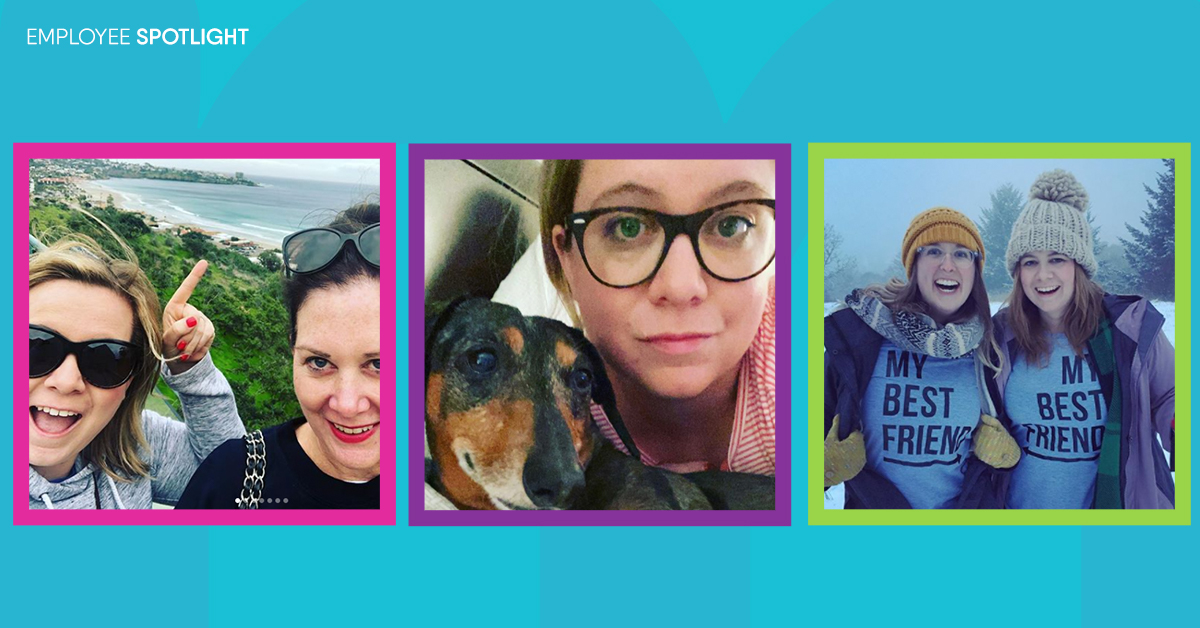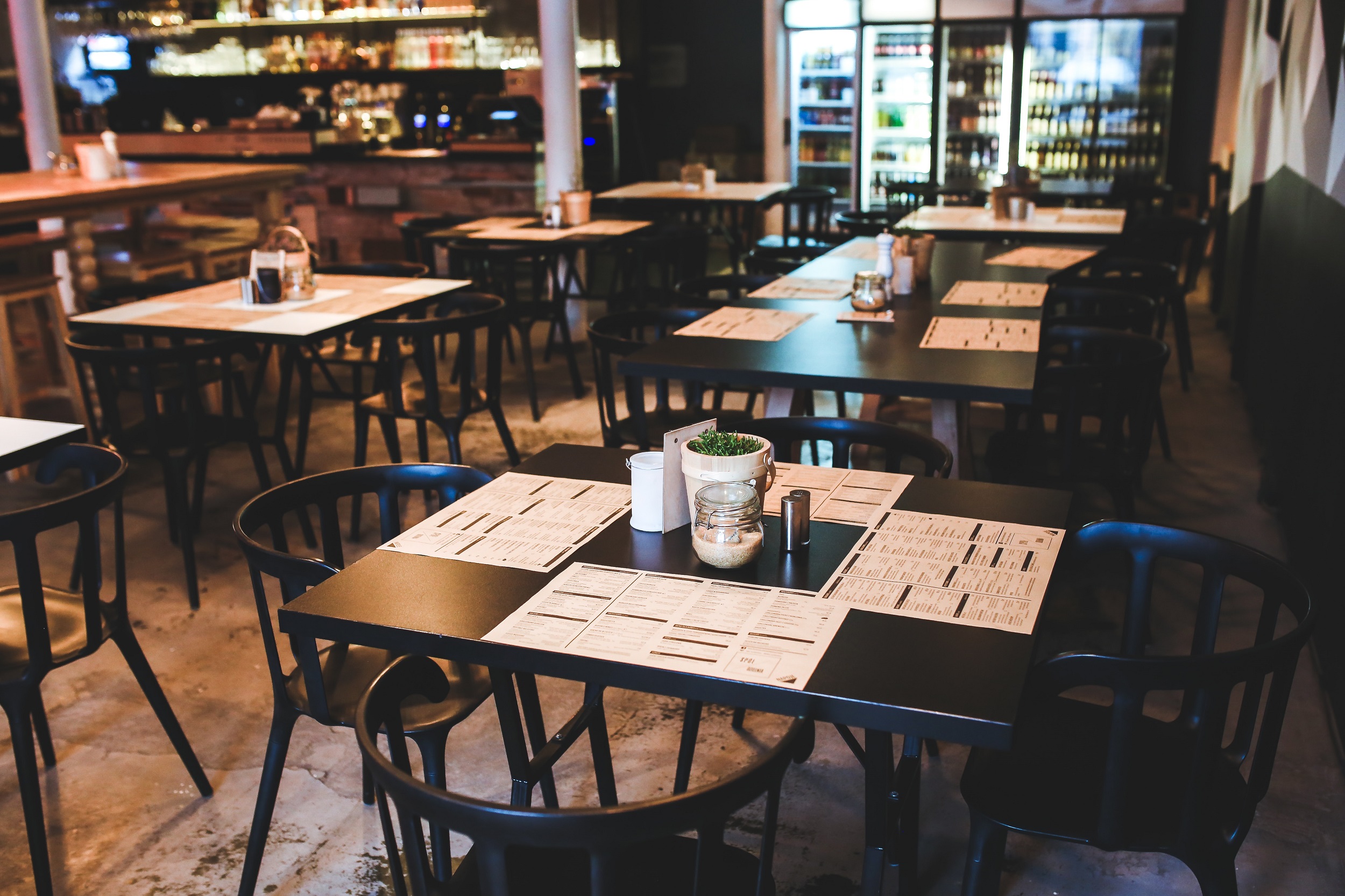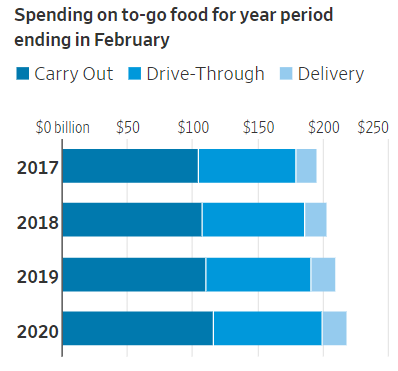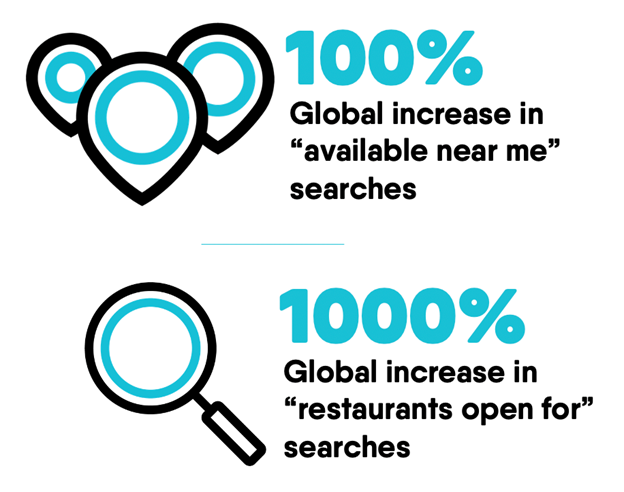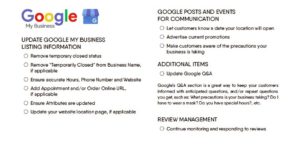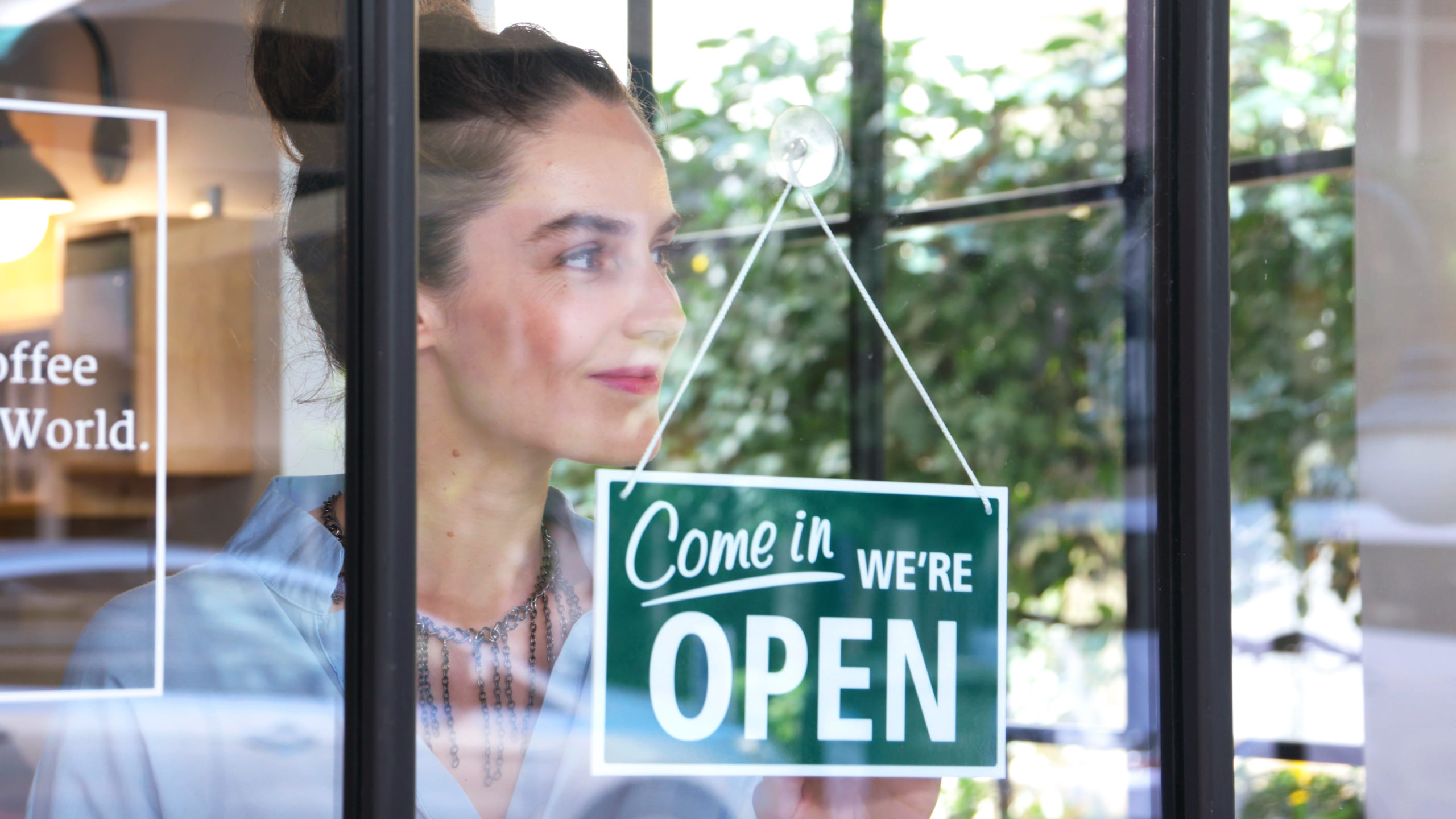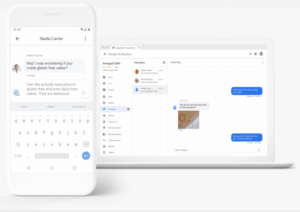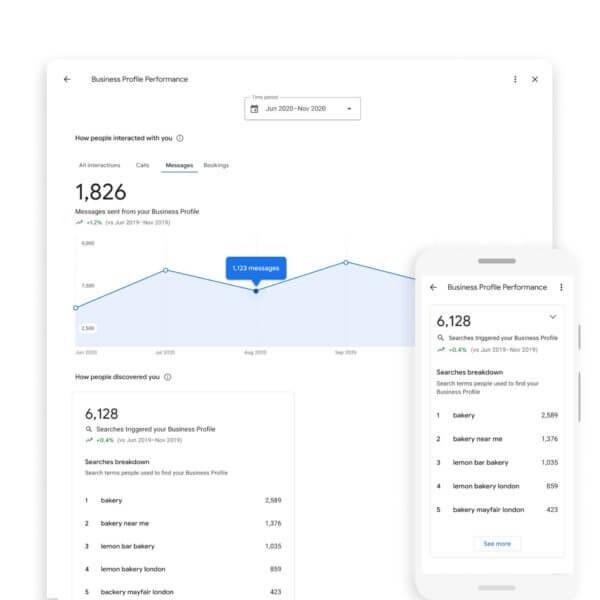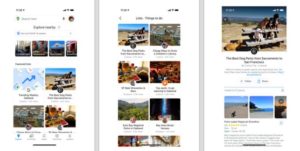She’s as much a strategic thinker as she is a certainty to make you laugh. She knows the ins and outs of digital and traditional media, is consistently contributing to client growth and can transform an otherwise business-as-usual discussion into a joyous occasion by adding in her own unique brand of humor.
Her name is Meagan Cox, and she’s a Senior Media Planner based in Mindstream Media Group’s St. Louis office.
What excites Meagan the most about her job is precisely what those in another profession might find intimidating. The fact that the advertising and media industry never stays the same and is constantly evolving keeps Meagan on her toes. She shares, “The challenges are new but the same all at once. I love being challenged to continuously innovate digital and traditional media.”
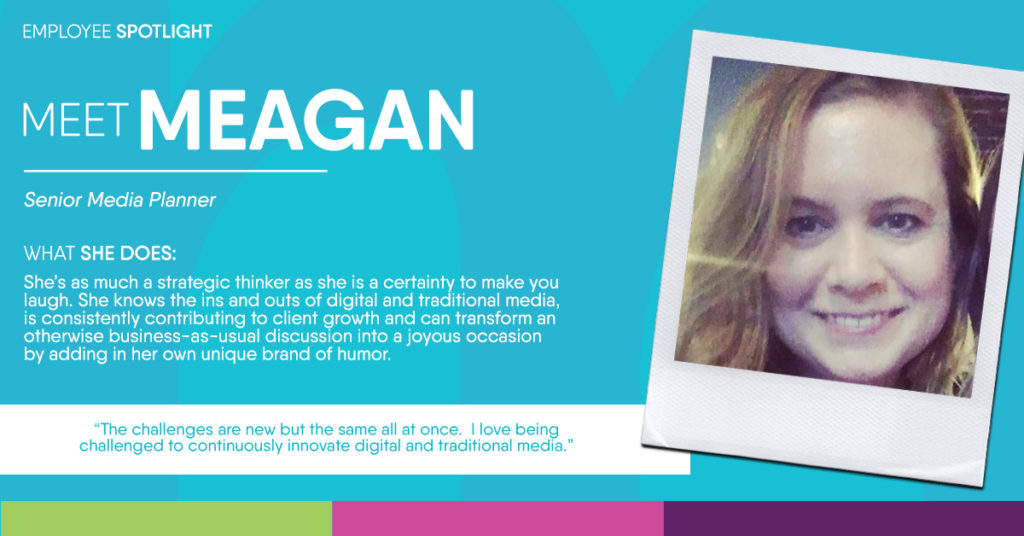
Meagan says she’s inspired by her coworkers each and every day. “I love the honest relationships I have with my peers because good and bad ideas are shared equally… and I’ve shared some bad ideas. Everyone at Mindstream has this incredible voice that lends it’s light when we can get bogged down with a problem. The collaboration is truly incredible.”
She first became interested in this industry in college, when she followed Wieden and Kennedy religiously, “I loved the creative genius behind their Nike campaigns. W+K has a wall of about 100K pushpins that draw out the idea of “Fail Harder”. “Fail Harder” means to never hold back, trust others around you, because they will show you a greater idea than you ever knew you had. It led me to think I could be a brilliant creative director, but I settled on media planning. *insert double guns*” (Yes, the double guns are part of the quote.)

When asked about advice she’d give to someone wanting to pursue a career in this industry, Meagan likened it to the show Mad Men, but clarified that “it’s much better though…” Interpret that however you wish – just like her description of her role within the agency. Meagan had this to say about her responsibilities, “I like to think of it as a little bit of this and a little bit of that.”
In her almost 4 and a half-year tenure as a Mindstreamer, Meagan (lovingly dubbed Morgan by her coworkers thanks to a coffee shop misunderstanding) has made an impact both on client business as well as the people around her. Talk to her long enough and you’ll undoubtedly hear a casual mention of the Royal family (she’s a big fan partially due to living in the UK during high school), a golf reference or a cute story about her doxie pup, Romeo. She also volunteers on the agency culture committee and has been known to organize a happy hour or ten.
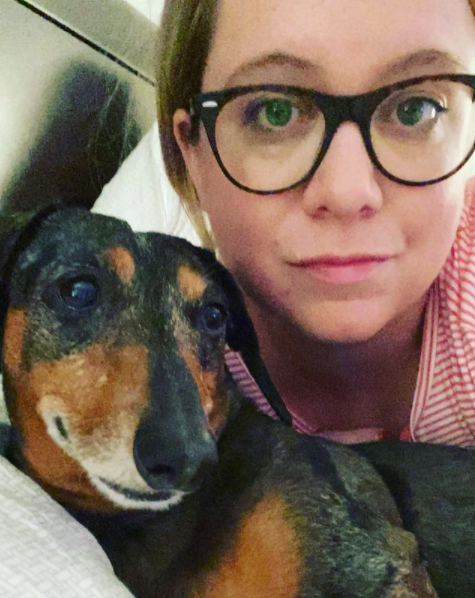
Over the last several months of quarantine and working from home, Meagan’s mom has even become well-known to other Mindstreamers for making an appearance on internal team calls. Meagan had this to say about her mom, “She works in the medical field but will often give her ideas randomly from time to time. One time she popped in to snuggle the pup unknowingly, but everyone saw her. I could see her in my camera view, and it took all of my concentration to not focus on her. Now my coworkers ask where she is. She’s an honorary Mindstreamer now.”
An enormous part of what makes Mindstream Media Group successful is the collective talent and collaboration of its employees across the country. While we as an agency love to share stories about client successes, industry news and product updates on our MMG Blog, we also want to feature the actual people behind the work we are doing to grow client business.
Our recent video series, Fast-Forward the Conversation, discusses the HOW behind supporting client growth through media strategy, with topics like shopper marketing, franchise work, influencing the customer journey, QSR challenges, agency partnerships and more.
We’re also now featuring a Mindstreamer (as we like to call ourselves) periodically to share their stories and celebrate the diverse people, backgrounds, interests and qualities that make us unique.

